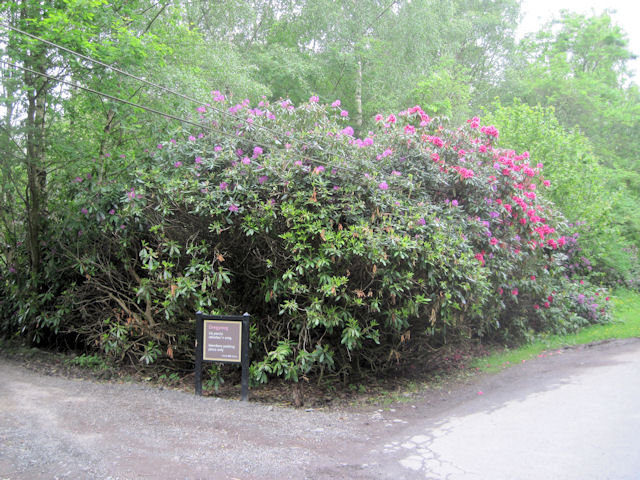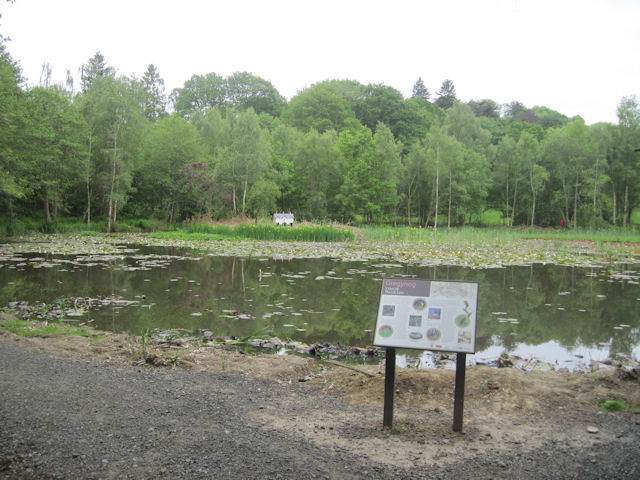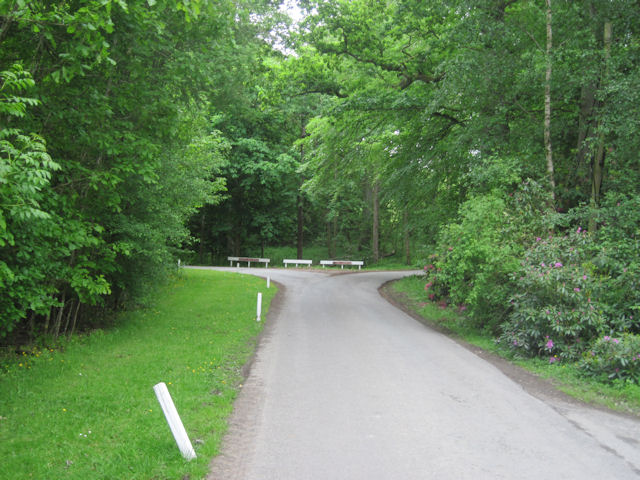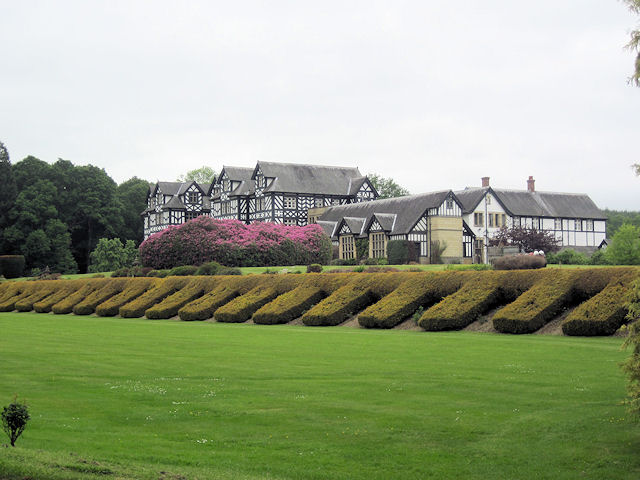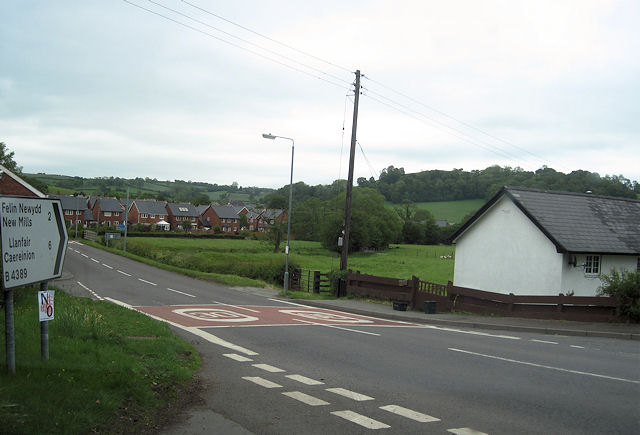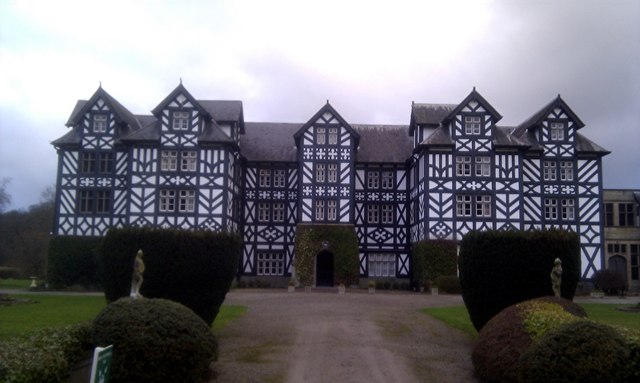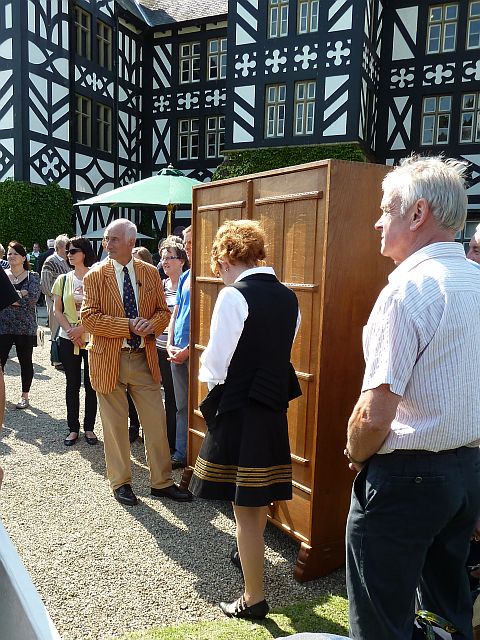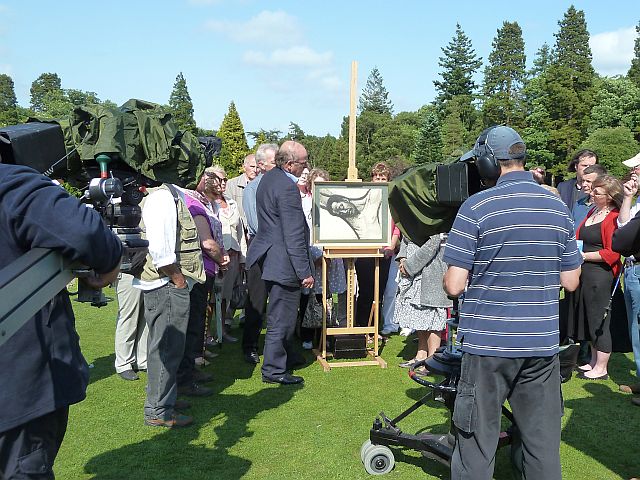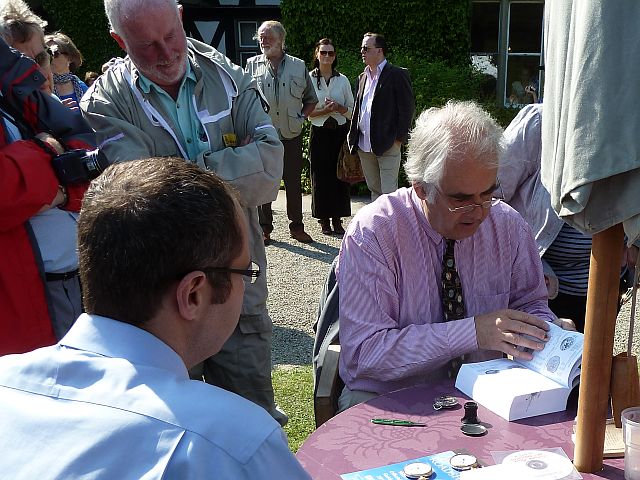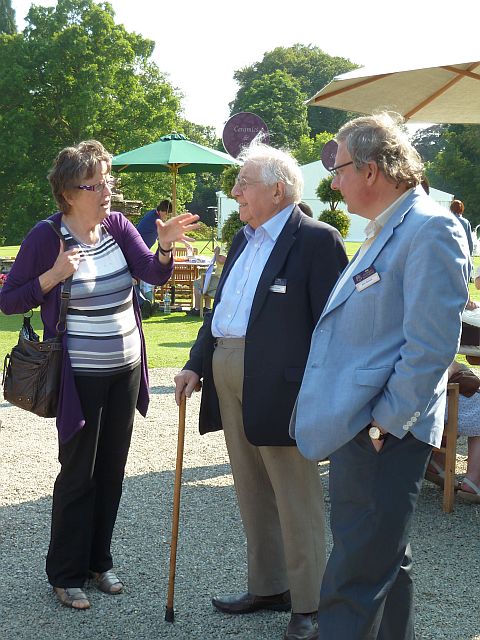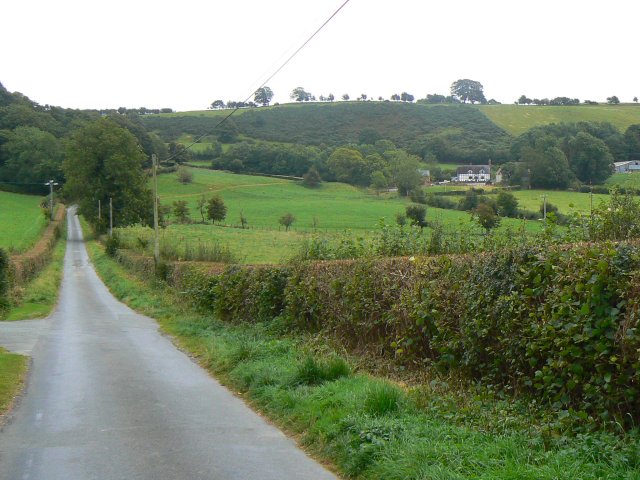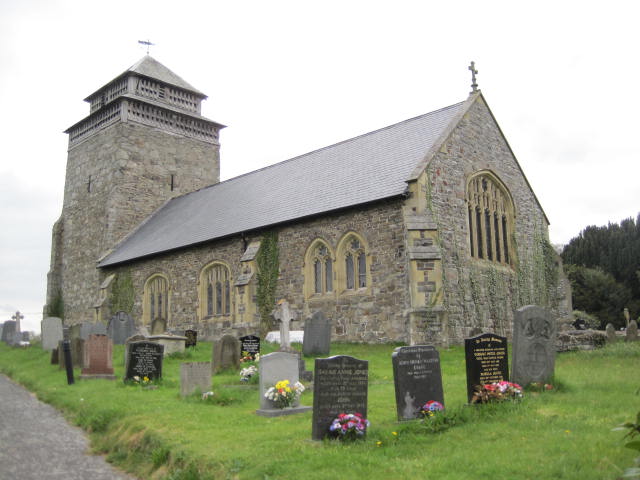Blackhouse Wood
Wood, Forest in Montgomeryshire
Wales
Blackhouse Wood
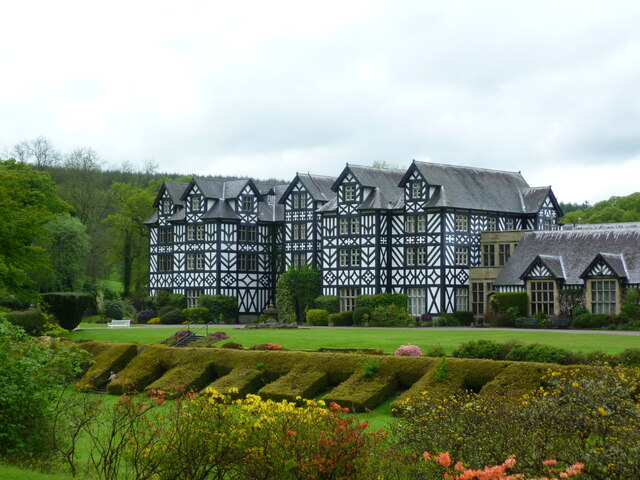
Blackhouse Wood is a picturesque forest located in Montgomeryshire, Wales. The wood covers an area of approximately 100 acres and is known for its diverse range of tree species, including oak, beech, and pine. The forest is a popular destination for nature enthusiasts and hikers looking to explore the tranquil surroundings and take in the stunning views.
Visitors to Blackhouse Wood can enjoy a network of well-maintained trails that wind through the dense woodland, offering opportunities to spot local wildlife such as deer, squirrels, and a variety of bird species. The forest is also home to a rich array of plant life, with carpets of bluebells and wildflowers adding to its natural beauty.
In addition to its recreational opportunities, Blackhouse Wood plays an important role in the local ecosystem, providing habitats for a wide range of flora and fauna. The forest is carefully managed to ensure its long-term sustainability, with conservation efforts in place to protect its delicate ecosystem.
Overall, Blackhouse Wood is a peaceful and scenic retreat for nature lovers, offering a chance to connect with the natural world and enjoy the beauty of the Welsh countryside.
If you have any feedback on the listing, please let us know in the comments section below.
Blackhouse Wood Images
Images are sourced within 2km of 52.563205/-3.3531261 or Grid Reference SO0897. Thanks to Geograph Open Source API. All images are credited.
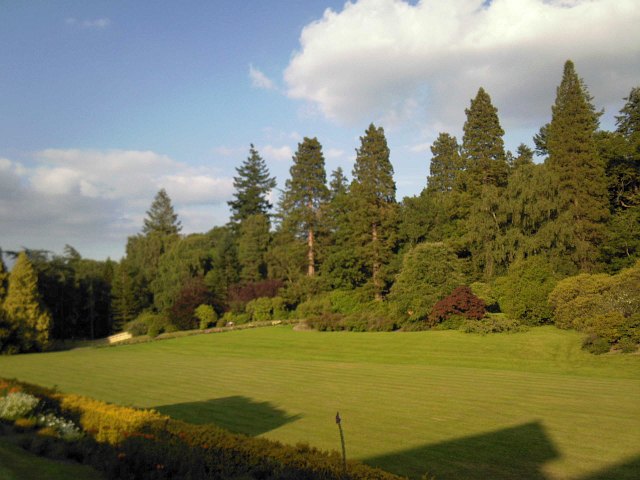
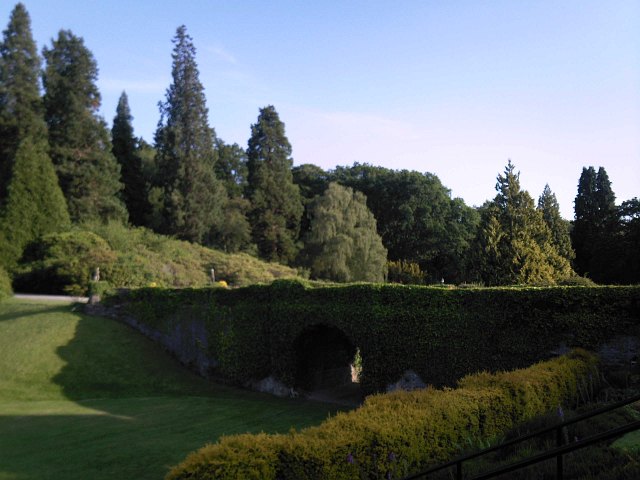
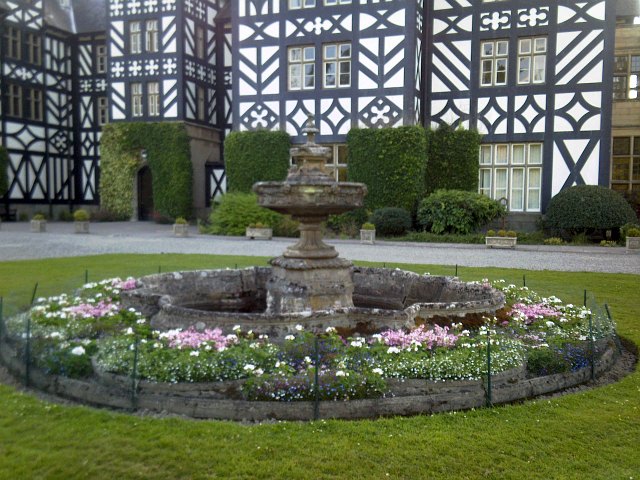
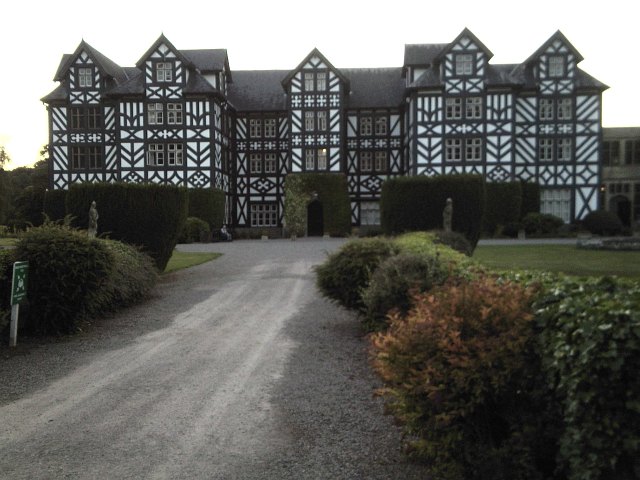
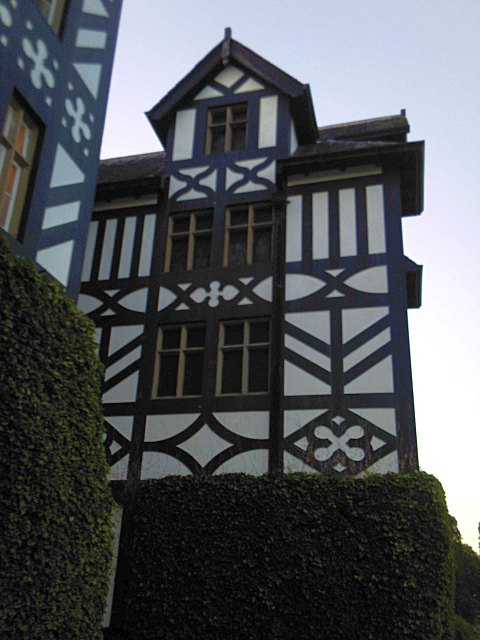
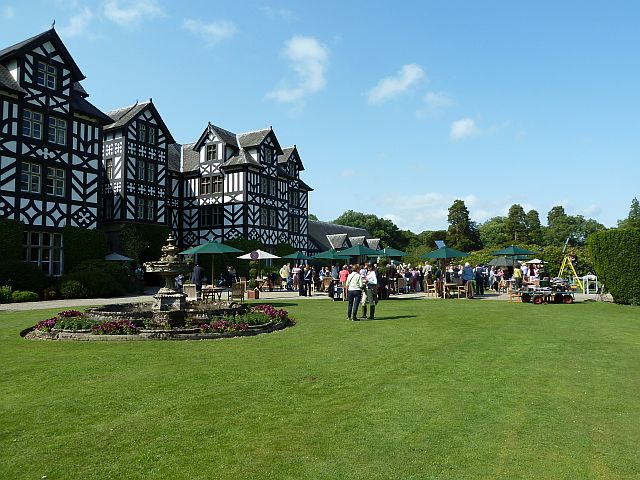
Blackhouse Wood is located at Grid Ref: SO0897 (Lat: 52.563205, Lng: -3.3531261)
Unitary Authority: Powys
Police Authority: Dyfed Powys
What 3 Words
///shipyards.stream.money. Near Newtown, Powys
Nearby Locations
Related Wikis
Gregynog Hall
Gregynog (Welsh pronunciation: [ɡrɛˈɡənɔɡ]) is a large country mansion in the village of Tregynon, 4 miles (6.4 km) northwest of Newtown in the old county...
Tregynon
Tregynon is a small village and community in Montgomeryshire, Powys, Wales, to the north of Newtown and south west of Welshpool. The population of the...
St Beuno's Church, Bettws Cedewain
St Beuno's Church, Bettws Cedewain lies within the historic county of Montgomeryshire in Powys. The church occupies a prominent position overlooking the...
Bettws Cedewain
Bettws Cedewain (Welsh: Betws Cedewain), also known as Bettws Cedewen, is a small village and community in Montgomeryshire, Powys, Wales. It lies in a...
Nearby Amenities
Located within 500m of 52.563205,-3.3531261Have you been to Blackhouse Wood?
Leave your review of Blackhouse Wood below (or comments, questions and feedback).
